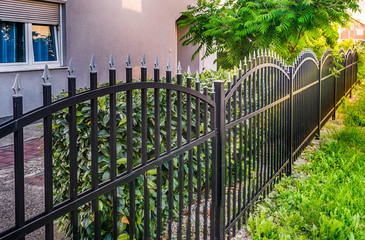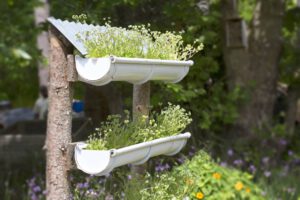Metal fence installation is ideal for those who want to protect their property from weather conditions. They are rust-free and will last for several years if properly maintained. Most treated steel fences can last for fifteen years or more, while aluminum fences can last even longer. Moreover, endless styles are available for metal fencing, ranging from a wrought iron look to more contemporary styles.

Metal fence installation is a good investment and can help protect your home and garden. With their great durability, these fences will stand the test of time and provide great value for money. Apart from keeping your pets and children safe, metal fences can also add curb appeal to your property. So, contact a professional Fence Company if you are considering installing a metal fence. Always get three to five estimates from different metal fence installation companies when preparing for the installation.
Before beginning metal fence installation, it is important to identify the boundaries of your property. To prevent intruding on other properties, you should always leave at least 10 cm of space between the boundary line and the fence posts. Also, you should know if there are underground utilities that can interfere with the fence installation. Once you’ve identified all these factors, you can start planning the process of metal fence installation. Once you have the materials, it is time to set the posts.
Metal fence installation costs vary according to the length and style of your property. You can get fence panels in heights ranging from 36 inches to 48 inches. Fence panels also come in different thicknesses. The taller and thicker they are, the more expensive they are. Generally, you can buy 304 or 316-grade steel fence panels. These metals are rust-resistant and can last for years, so you should take proper care of them.
Aside from its durability, aluminum is also lightweight and easier to work with. Moreover, it is commonly powder-coated, providing additional protection from rust. However, it is weaker than steel and is best for low-security applications. Aluminum works well in high-moisture areas and is highly recyclable. Aside from that, it is easier to work with than steel. Its cost is much lower than steel, making it the ideal choice for most homes and commercial settings.
If you are planning to install a metal fence on your property, you should first determine the height and width of your fence. There are several heights and widths available. The height of your metal fence will depend on the thickness of the panels and the amount of fasteners you use to connect them. It is also important to ensure that you choose a company with experienced staff in metal fence installation. So, you can rest assured that you will get quality service.
Once you have determined the right material for your project, you can start installing your new fence. Aluminum fencing is available in pre-assembled panels. The process will take several days. You will need extra hands to install posts. If you need to learn how to do the posts and brackets properly, you should hire a professional fence installer. After all, you want to avoid risking your property’s safety and aesthetic value.
Metal fences are a great choice for many reasons. They can be used for security, decorative, pool, and garden fences. Each style has its own benefits and should be chosen according to your requirements. It is also worth noting that they are lighter than wood and can be installed in less time. This makes them easier to install and less expensive. You may be surprised to learn that metal fences are much cheaper than wood. In addition, they can be easily repaired.
If you are considering installing a metal fence, you should ensure you have budgeted well for this project. The cost of installation can range anywhere from $2203 to $5592. This price will depend on the type of metal used, but you can expect to spend anywhere from seven to thirty-two dollars per linear foot. This price will include installation and labor. The average homeowner will spend $4,321 for an aluminum fence and gate.
When it comes to prices, you should also consider the project’s style and complexity. A basic aluminum fence may cost between $11 and $30 per linear foot. More elaborate fence designs can cost up to $48 per linear foot.


